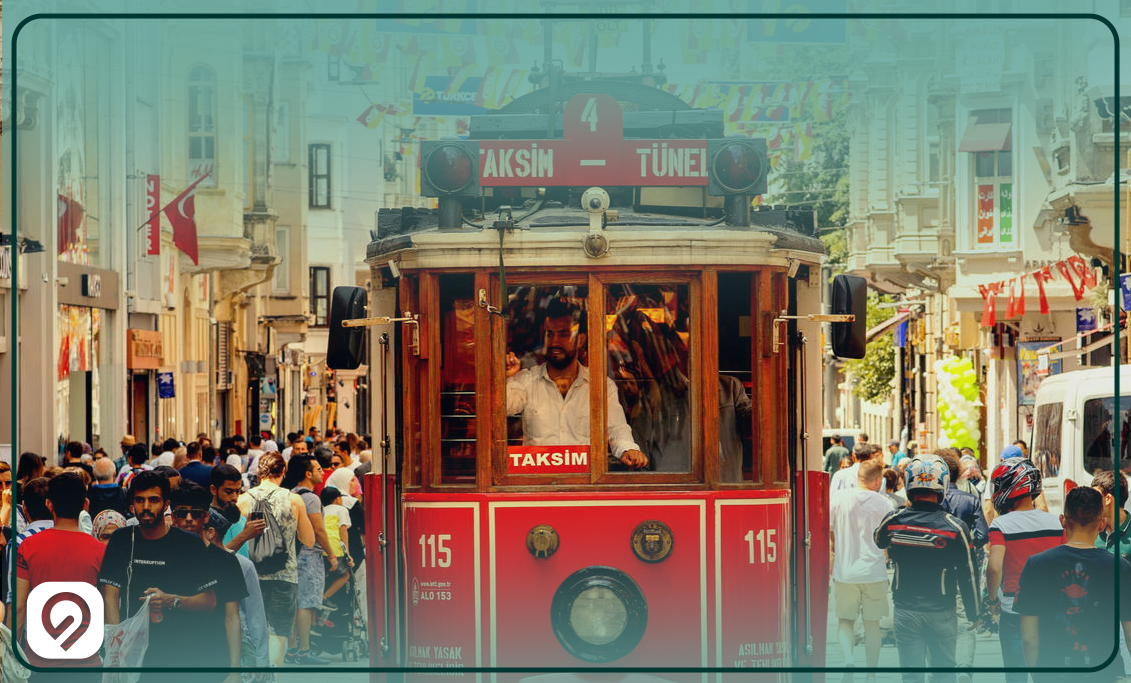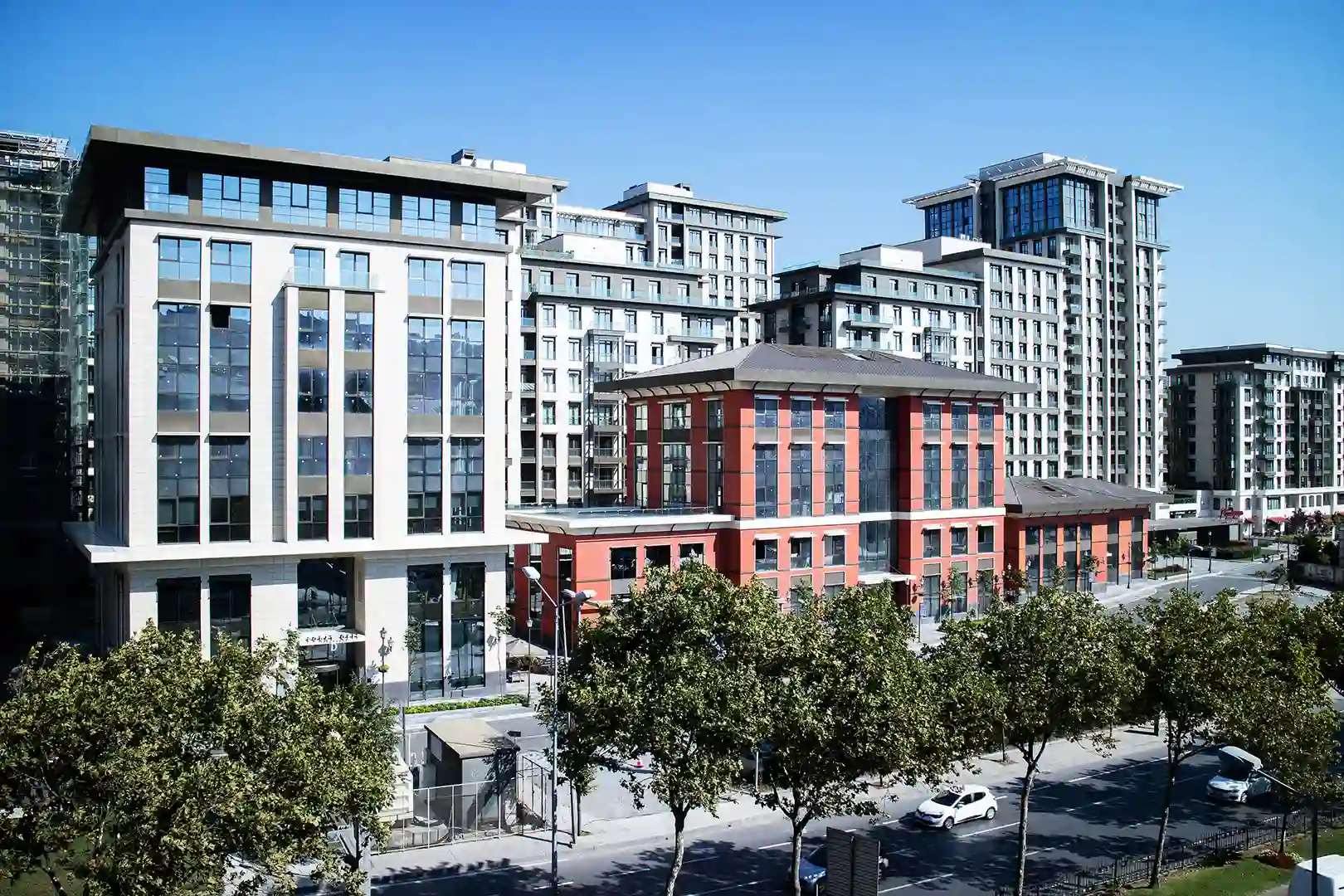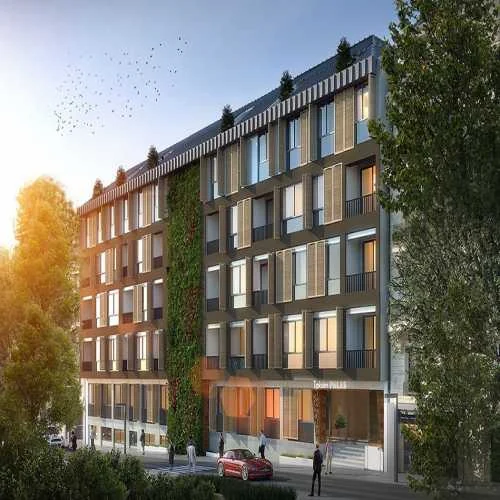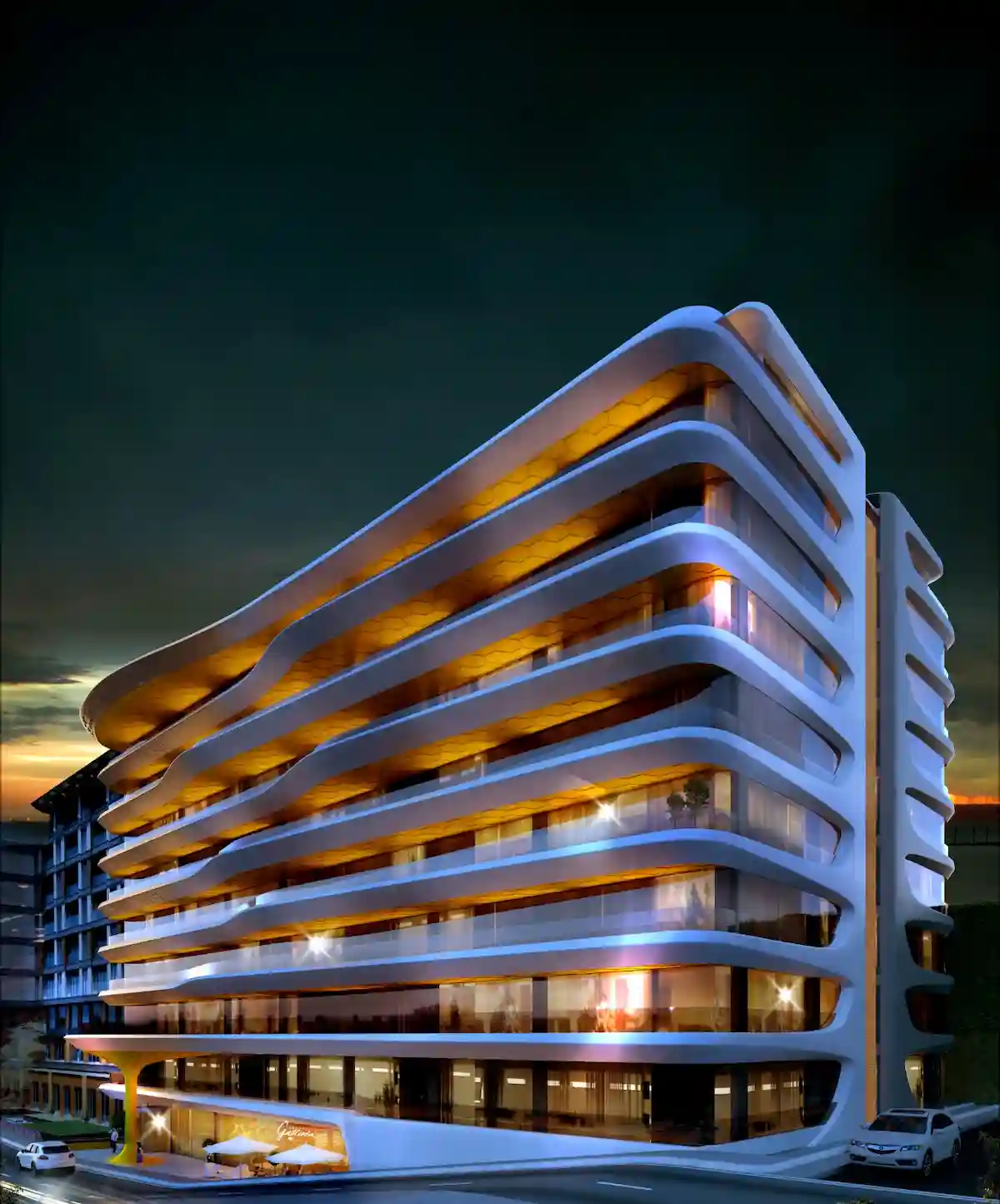Taksim the touristic compass
What do you know about Taksim?

The origin of the name Taksim
Centuries ago, the Taksim area in Istanbul had great importance and prestige, and the famous square located in the Beyoğlu district in the heart of Istanbul (the European side of the city) is called by this name because it was a center for distributing and dividing the water supply in the Ottoman era. In the past, it was an area for distributing the division of water to the neighborhoods and regions of the city, hence the name.
Taksim in the present
Currently, Taksim Square, the beating heart of Istanbul, has become an important place for visitors and tourists, where they find ancient history mixed with contemporary culture, in addition to meeting their shopping needs.
Taksim Square in Istanbul, Turkey, is also known as a destination for tourists and visitors to the historical city and the capital of the Ottoman Empire.
The area includes a group of important historical places, as well as commercial markets, and a large mosque is currently under construction.
Given that great position, the movement in Taksim Square and Istiklal Street branching off from it does not subside, between a tourist, a shopper, and a participant in a cultural event.
Taksim landmarks
The square includes a market that witnesses events, art exhibitions, children's activities, book fairs, and others for handicrafts. It is rare that the market is devoid of any activities, which increases the vitality of the place.
The square also includes a monument to the Turkish Republic and the Liberation and Victory Day, designed by Italian artist Pietro Canonica, and people usually gather to take pictures in front of it.
There are also a large number of hotels, shops, and libraries in the area, as well as cafes and restaurants of various tastes and tastes. With the increase of the Arab community in Istanbul, Arab restaurants have a presence there as well.
Istiklal Street, extending from Taksim Square to the Karakoy area, is an old street with a tram that dates back about a hundred years, and it is one of the oldest trams in the city, while there are old narrow alleys on the outskirts of the street and its end brings the visitor back to the fragrance of history.
Also, most of the houses and buildings on the street are more than a hundred years old, most notably the domed church and the Hussein Agha Mosque opposite it.
The street also includes diplomatic centers and consulates for several countries, such as the Netherlands and Russia, as well as service centers, and hotels that host the most important international conferences.
It is customary for the musicians to take their place in this street, and sometimes orchestras play their melodies there, presenting interesting and beautiful paragraphs for the visitors.
Istiklal Street includes Galata High School, which is famous for its distinguished construction and is located in the middle of the street, which also hosts the famous “Madame Tussauds” wax museum, which opened about two years ago, and includes wax statues of various famous people from Turkey and the world.
Taksim geography
The Taksim area is connected to other important areas such as the prestigious and famous “Nisantasi” neighborhood in Istanbul, and the famous “Osmanbey” commercial area as well, all the way to the “Mecidiyeköy” area, which is considered one of the densest commercial areas in the city, due to the large number of Turkish and foreign companies operating in Turkey in that Region.
One of the most important features of the region is that it overlooks the Bosphorus, which has given it a distinctive view from which to see the Asian side of Istanbul.
Sultan Selim III built a fortress near this square at the beginning of the 19th century. It was part of a military barracks, according to an architectural style bearing Indian and Russian fingerprints.
About a hundred years later, the spark of events that led to the isolating Sultan "Abdul Hamid II" from the throne was launched from it, and then the uprisings used it against the rule of the "Union and Progress" party. Then it was completely demolished in 1940 during the era of Mustafa Ataturk's (Republican People's Party), and the place of the barracks was established as a picnic park called Gezi Park.
The square is a recreational destination for tourists and Turks due to the spread of restaurants, shops, and hotels, and it also includes the second oldest underground line in the world after the London Underground. It also contains the main station of the Istanbul subway network and the Republic Monument, which symbolizes the fifth anniversary of the founding of the Turkish Republic in 1923, which opened in 1928.
The square is an ideal destination for demonstrations, social and patriotic events such as New Year's Eve, Republic Day, or large-screen displays of important football matches.
Have Question Or Suggestion ?
Please Share Your Thought, To Make It Real





